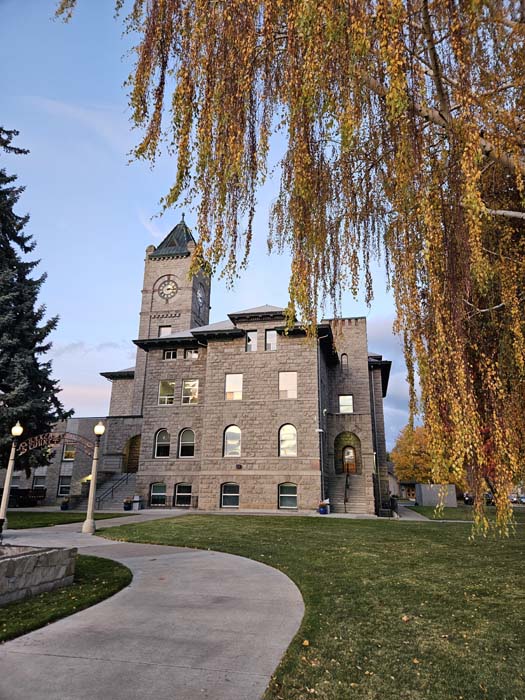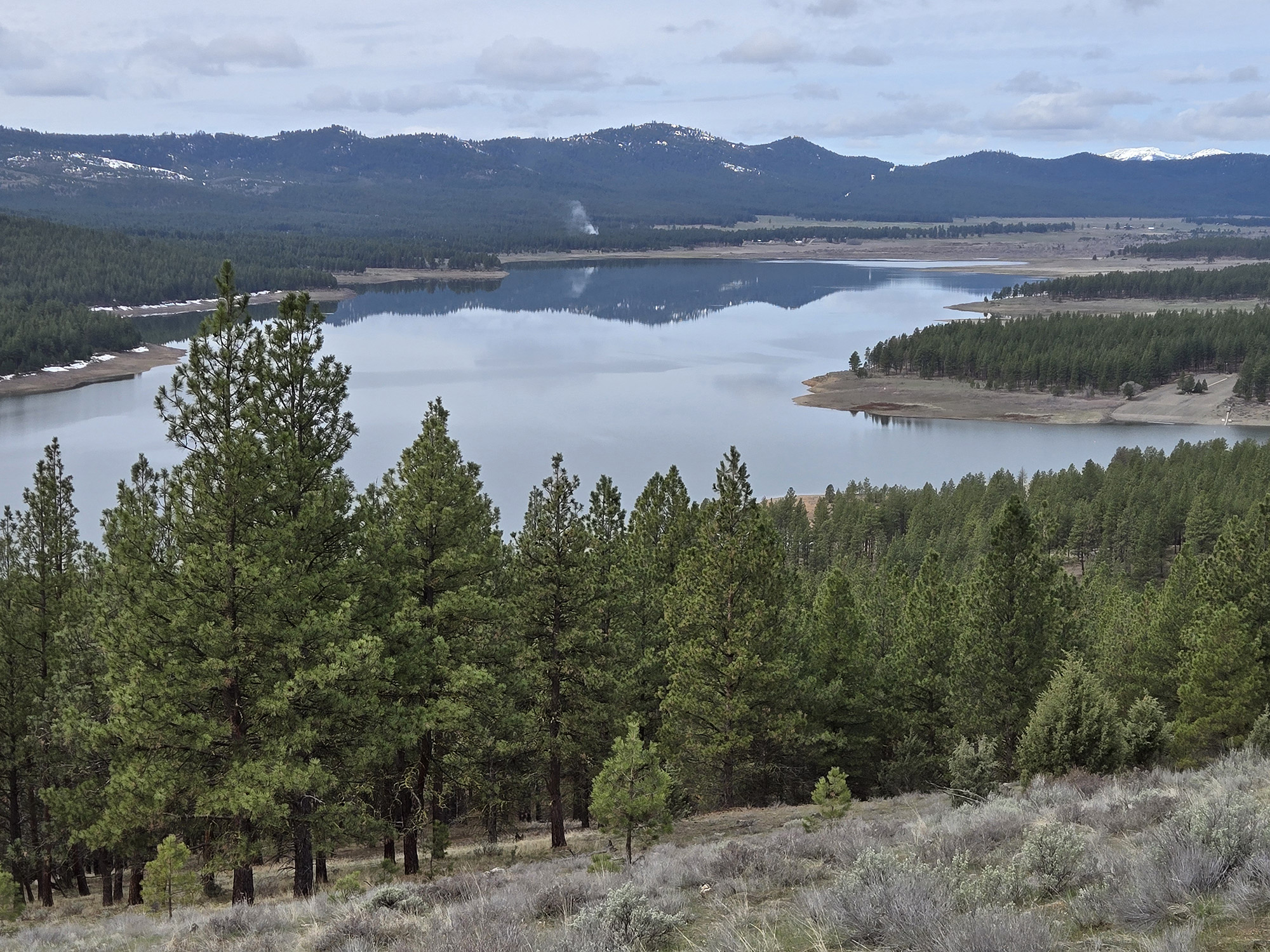Hazy days of fall
Published 9:16 am Wednesday, November 27, 2013

- Hazy days of fall
Temperature Inversion Reduces Air Quality
By Jayson Jacoby
jjacoby@bakercityherald.com
The persistent weather pattern that led to a temperature inversion in Baker County over the past week or so has also degraded the air quality, albeit slightly.
During inversions, cold air is trapped near the ground, and contaminants such as wood smoke and car exhaust accumulate.
Also, wind speeds are low during inversions, which contribute to the stagnation.
The air quality index (AQI) measured in Baker City, has been in the moderate category the past six days.
The AQI was moderate for eight consecutive days, Nov. 6-13, and for seven straight days, Oct. 27-Nov. 2.
The 21 days with a moderate AQI over the past month almost matches the total of such days for all of 2012.
The AQI was in the moderate category on 26 days last year.
The U.S. Environmental Protection Agency has six categories for the AQI:
andbull; GOOD: a daily rating of 0-50.
Air quality is considered satisfactory, and air pollution poses little or no risk.
andbull; MODERATE: 51-100
Air quality is acceptable; however, for some pollutants there might be a moderate health concern for a very small number of people. For example, people who are unusually sensitive to ozone might experience respiratory symptoms.
inversion
Continued from Page 1A
andbull; UNHEALTHY FOR SENSITIVE GROUPS: 101-150
Although general public is not likely to be affected at this AQI range, people with lung disease, older adults and children are at a greater risk from exposure to ozone, whereas people with heart and lung disease, older adults and children are at greater risk from the presence of particles in the air.
andbull; UNHEALTHY: 151-200
Everyone might begin to experience some adverse health effects, and members of the sensitive groups might experience more serious effects.
andbull; VERY UNHEALTHY: 201-300
This would trigger a health alert signifying that everyone might experience more serious health effects.
andbull; HAZARDOUS: 201-300
This would trigger a health warnings of emergency conditions. The entire population is more likely to be affected.
Baker City has not had a single day with an AQI above 100 since 2008.
Over the past month the highest daily AQI was 69, on Tuesday.
Although temperature inversions are relatively common in Northeastern Oregon during the fall and winter, the current one has been both persistent and strong.
The cause is a high-pressure “ridge” in the atmosphere.
These ridges divert Pacific storms away from Oregon.
The inversion develops when the air higher in the atmosphere warms. The colder air, which is heavier, sinks into valleys and there it stays until a storm erodes the ridge, which allows wind to mix the warm air down to the ground surface.
Inversions are so called because they are the opposite of the typical situation, in which air temperature falls as the elevation increases (see story below).
Baker City has fared better than many other cities during the inversion.
La Grande’s AQI was 82 on Monday and 91 on Tuesday.
Pendleton’s AQI was in the “unhealthy for sensitive groups” category the past two days: 102 on Monday and 115 on Tuesday.
The effects have been felt statewide, as well.
Albany’s air quality was measured at 121 on Tuesday, following daily readings of 109 and 112.
Cave Junction, in Southwestern Oregon near Grants Pass, posted AQIs of 119, 147 and 139 the past three days.
Daily AQIs are posted online at http://www.deq.state.or.us/aqi/aqi30Day.aspx.
IT’S UPSIDE DOWN
There is no better illustration for the temperature inversion that has lingered over the region for the past week or so than comparing temperatures at the Baker City Airport and at the top of the chairlift at Anthony Lakes Ski Area.
Typically, air temperature drops by 3 to 5 degrees for every 1,000 feet of elevation.
That means Anthony Lakes, at 8,000 feet, ought to be 15 to 25 degrees colder than the airport, at 3,373 feet.
But an inversion, as its name suggests, reverses this scenario. Here’s a few snapshots in time to show how dramatic the differences can be:
TUESDAY, 6 A.M.
AIRPORT: 13
A. LAKES: 41
SUNDAY, 6 A.M.
AIRPORT: 10
A. LAKES: 41
SATURDAY, 6 A.M.
AIRPORT: 9
A. LAKES: 35





